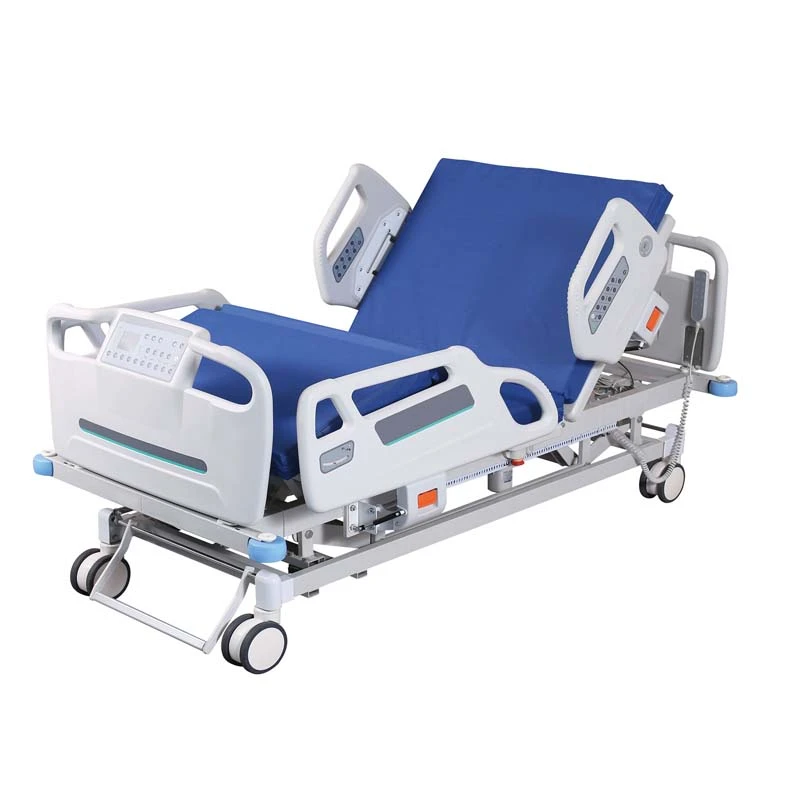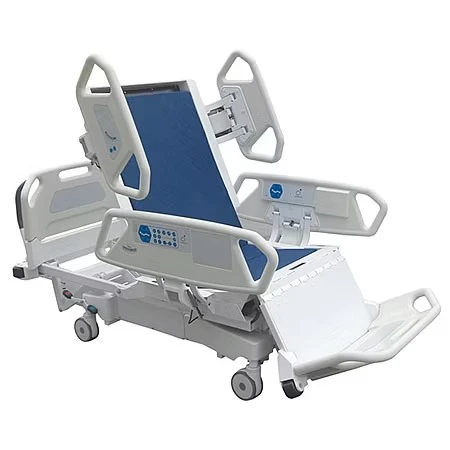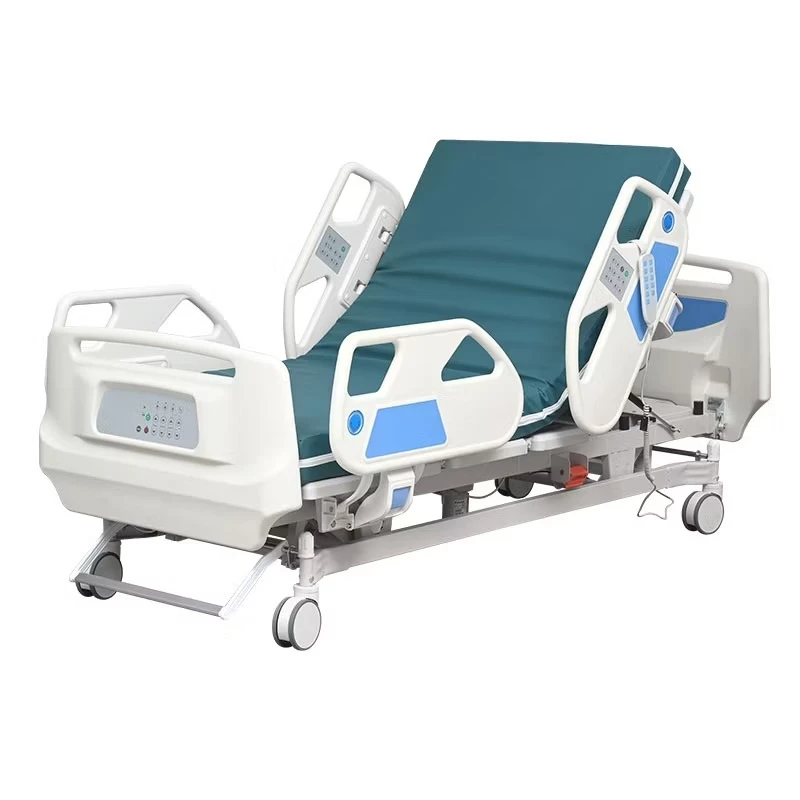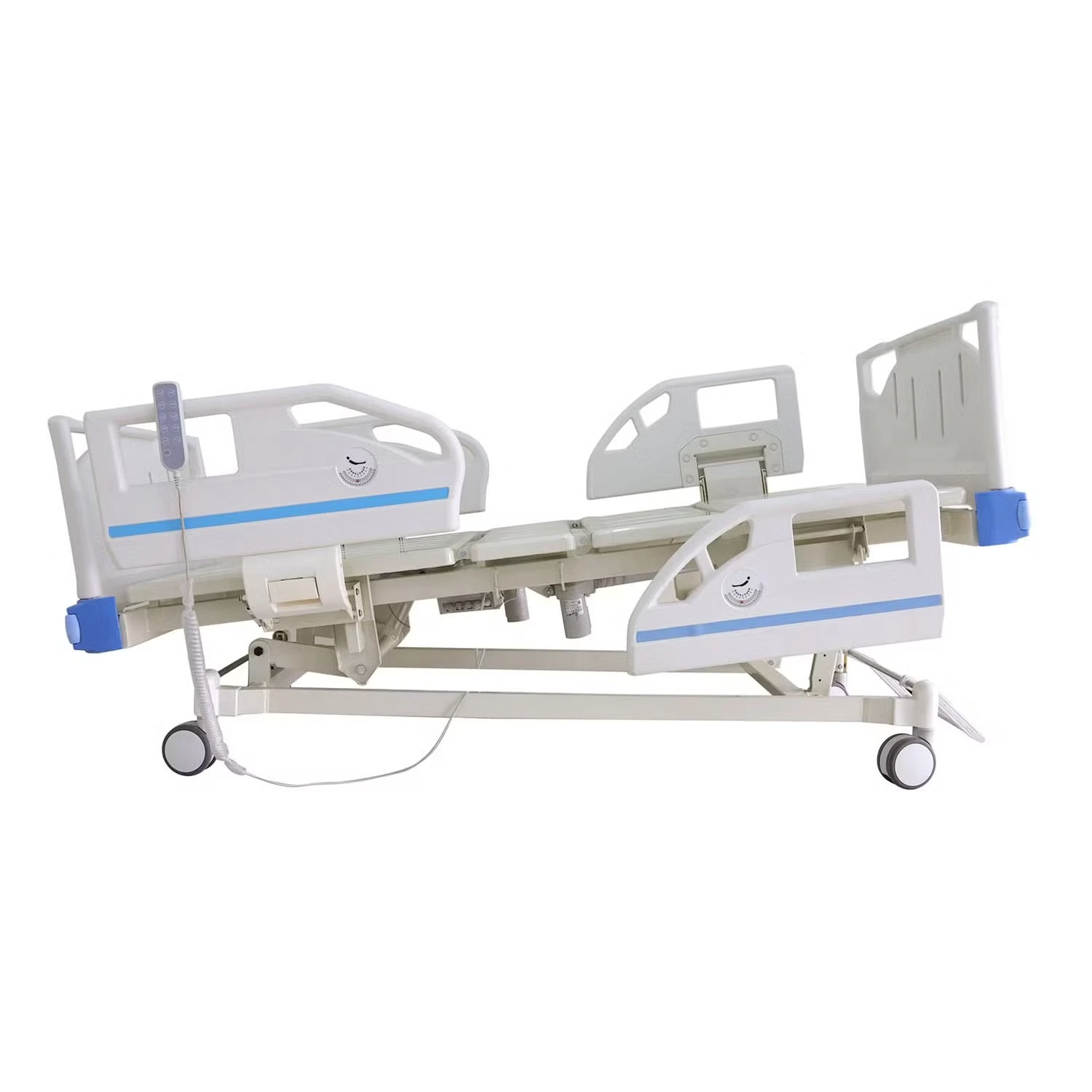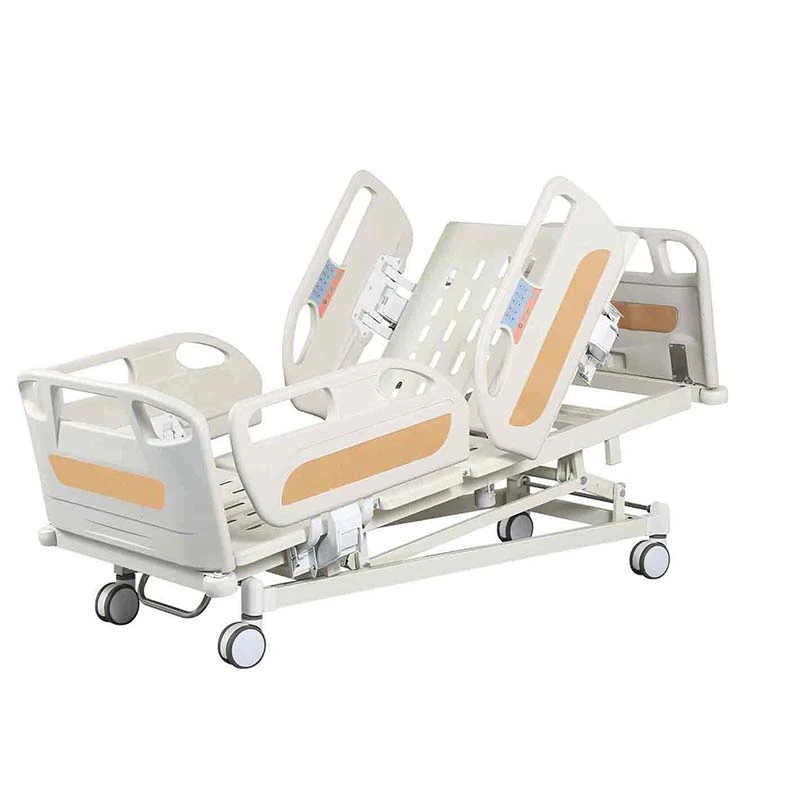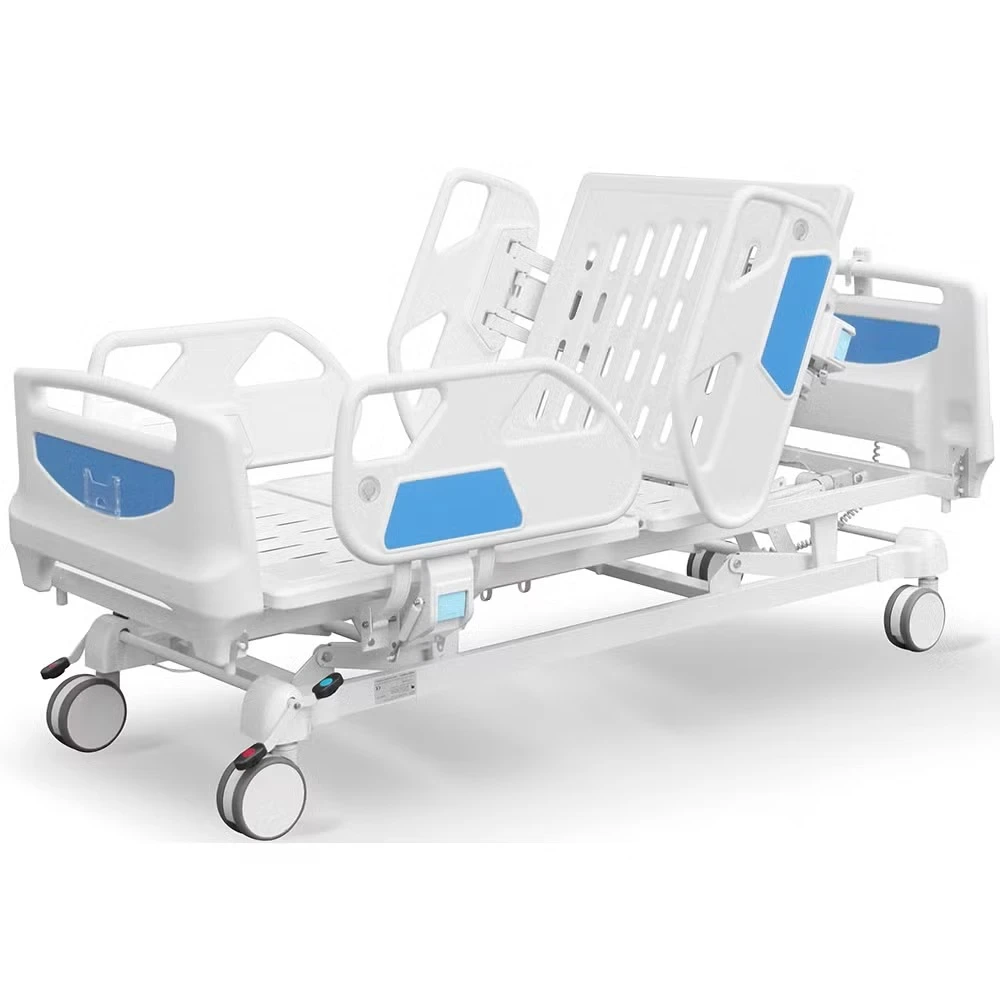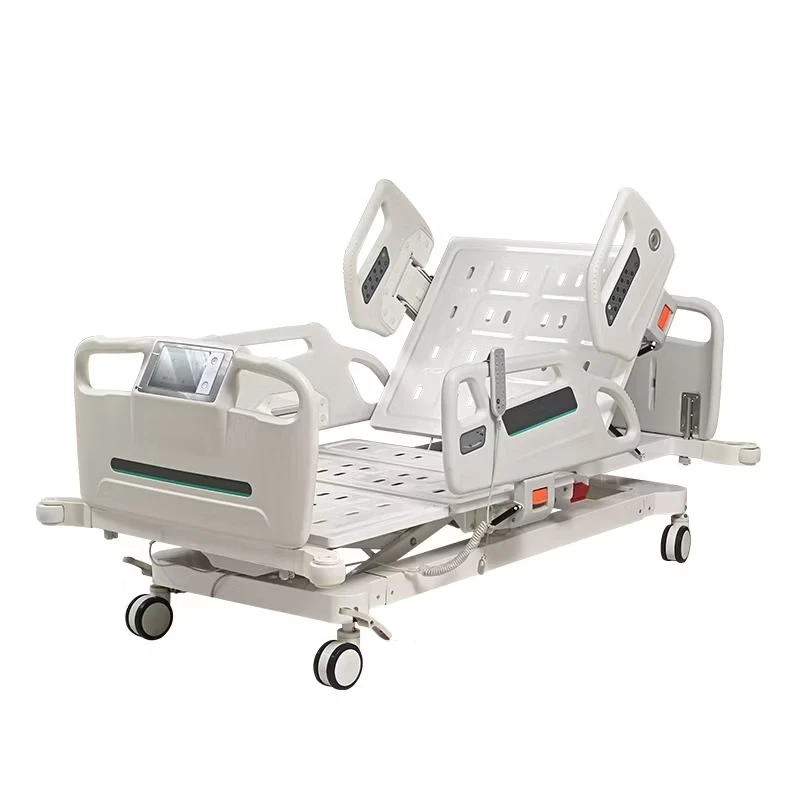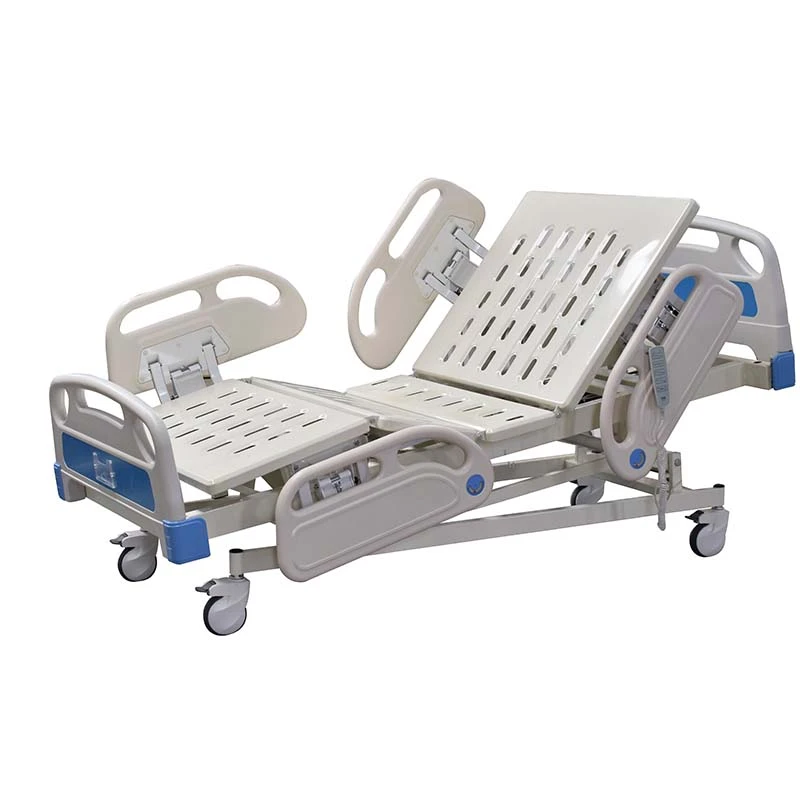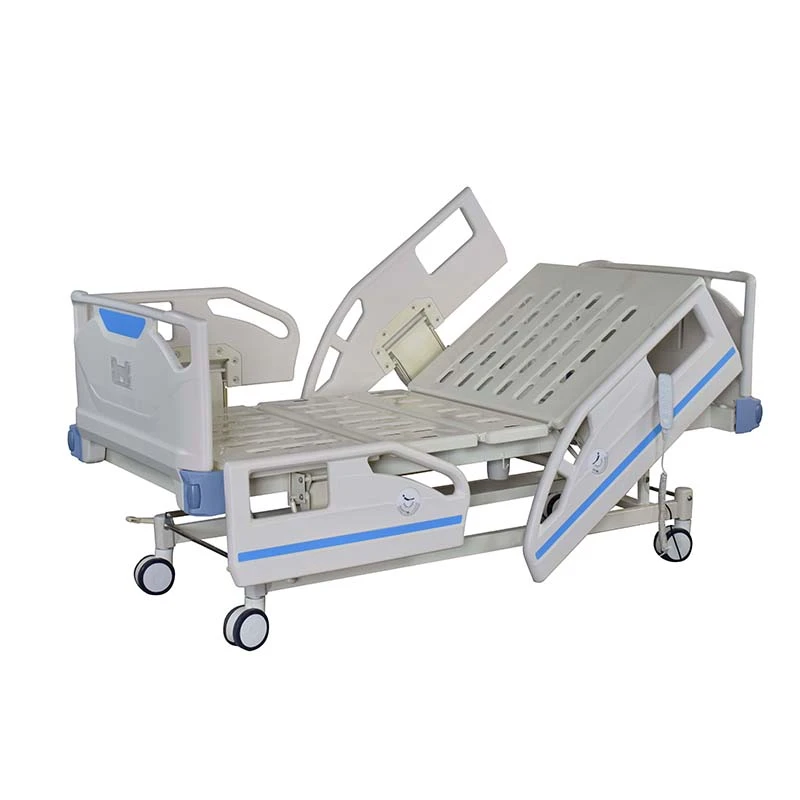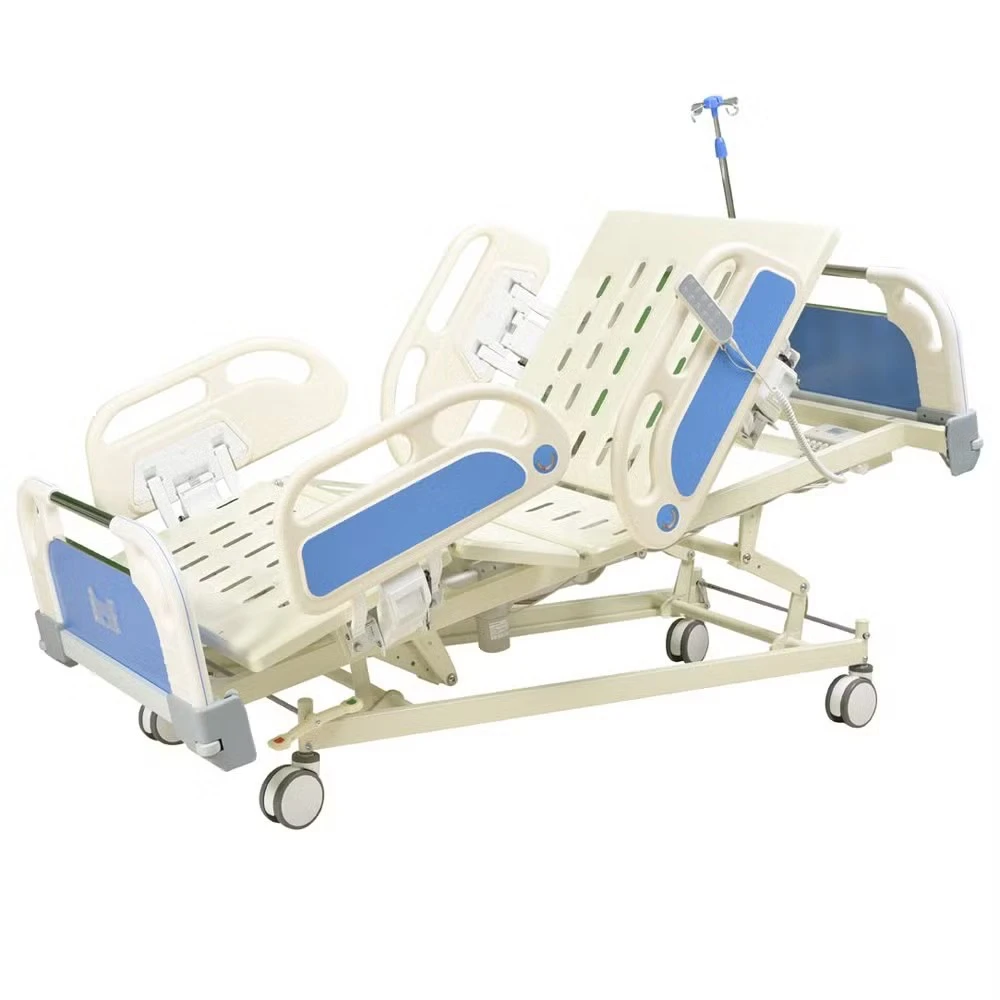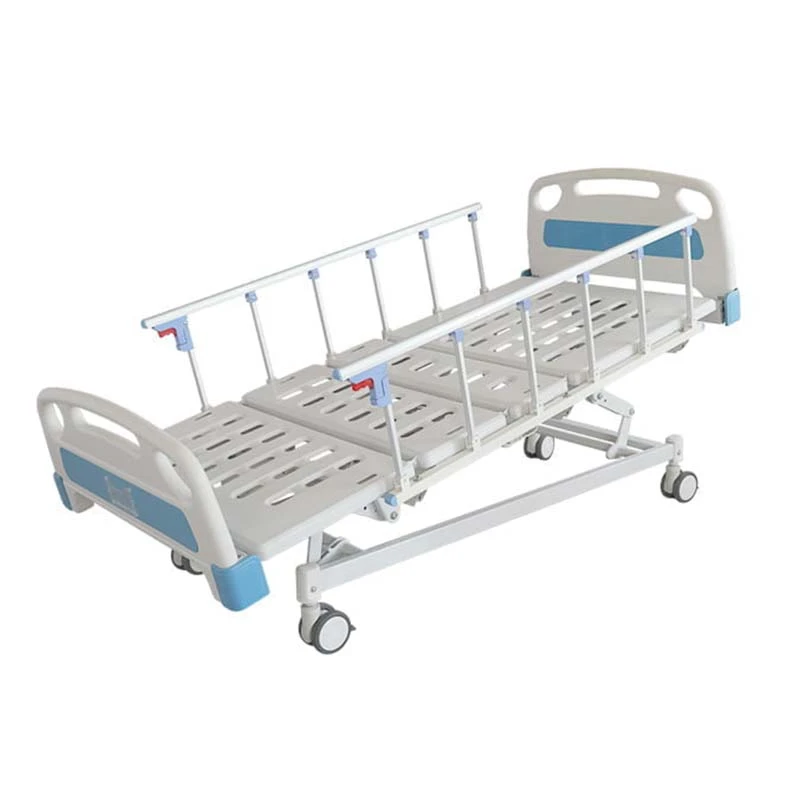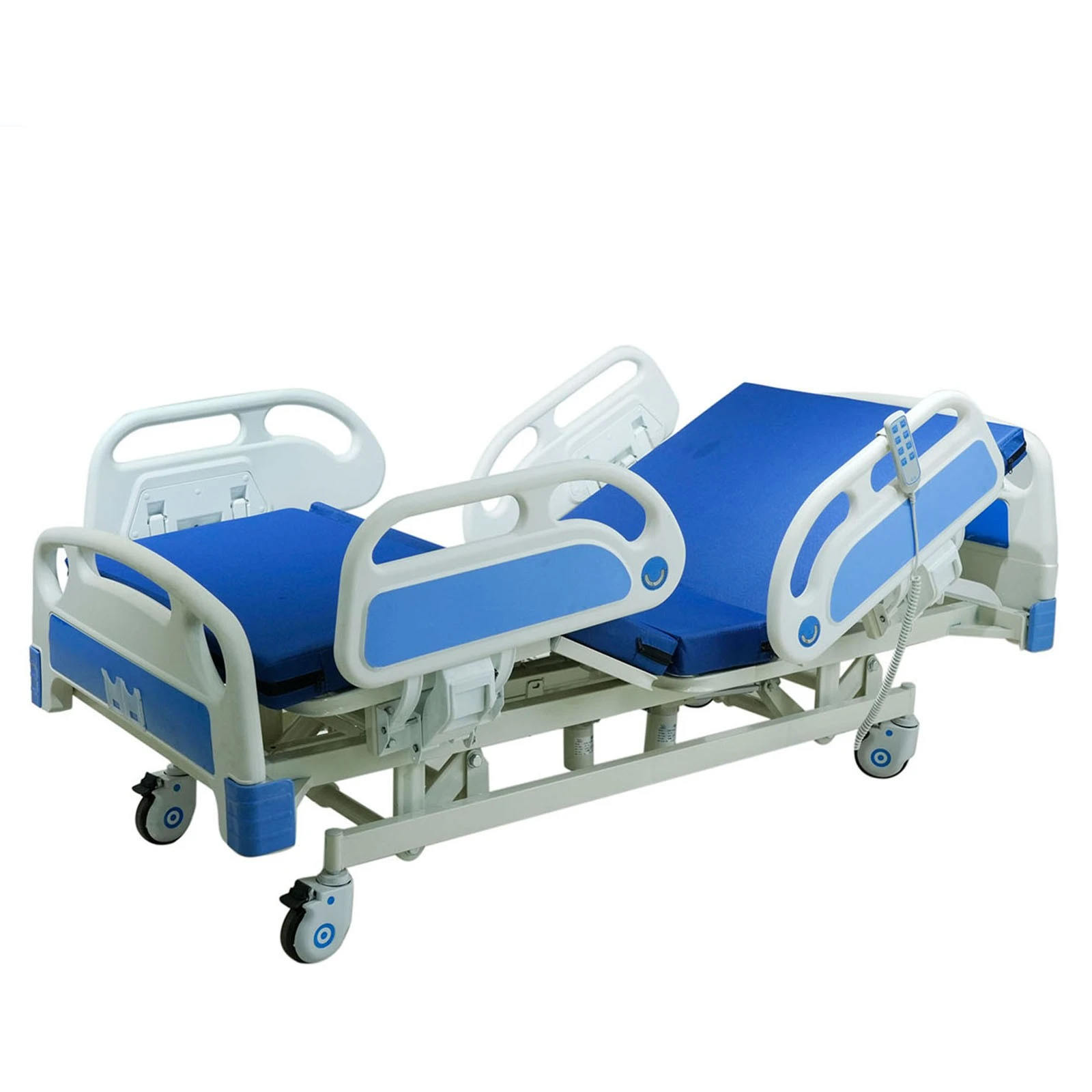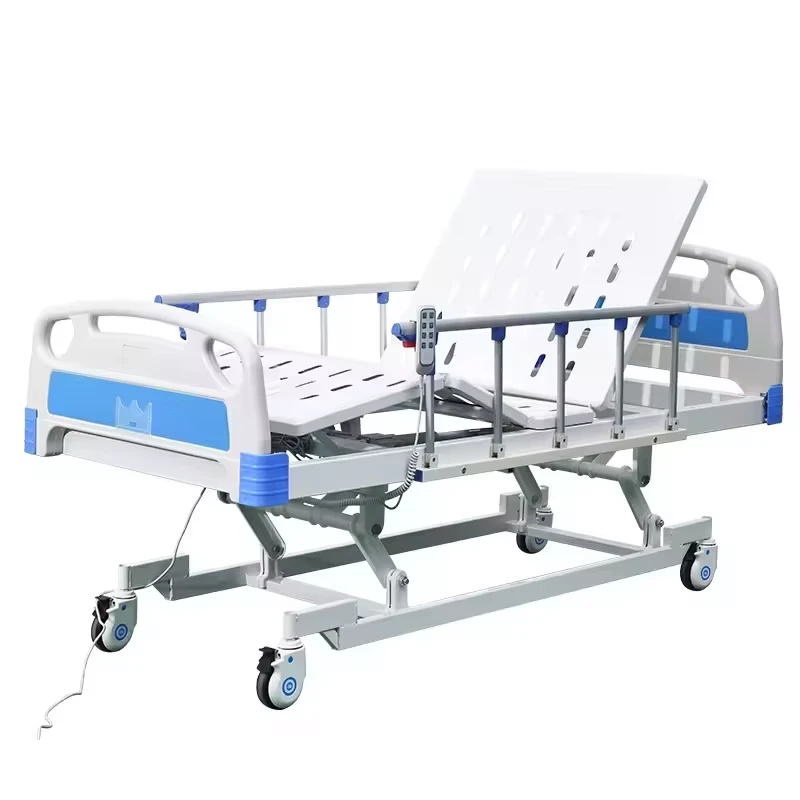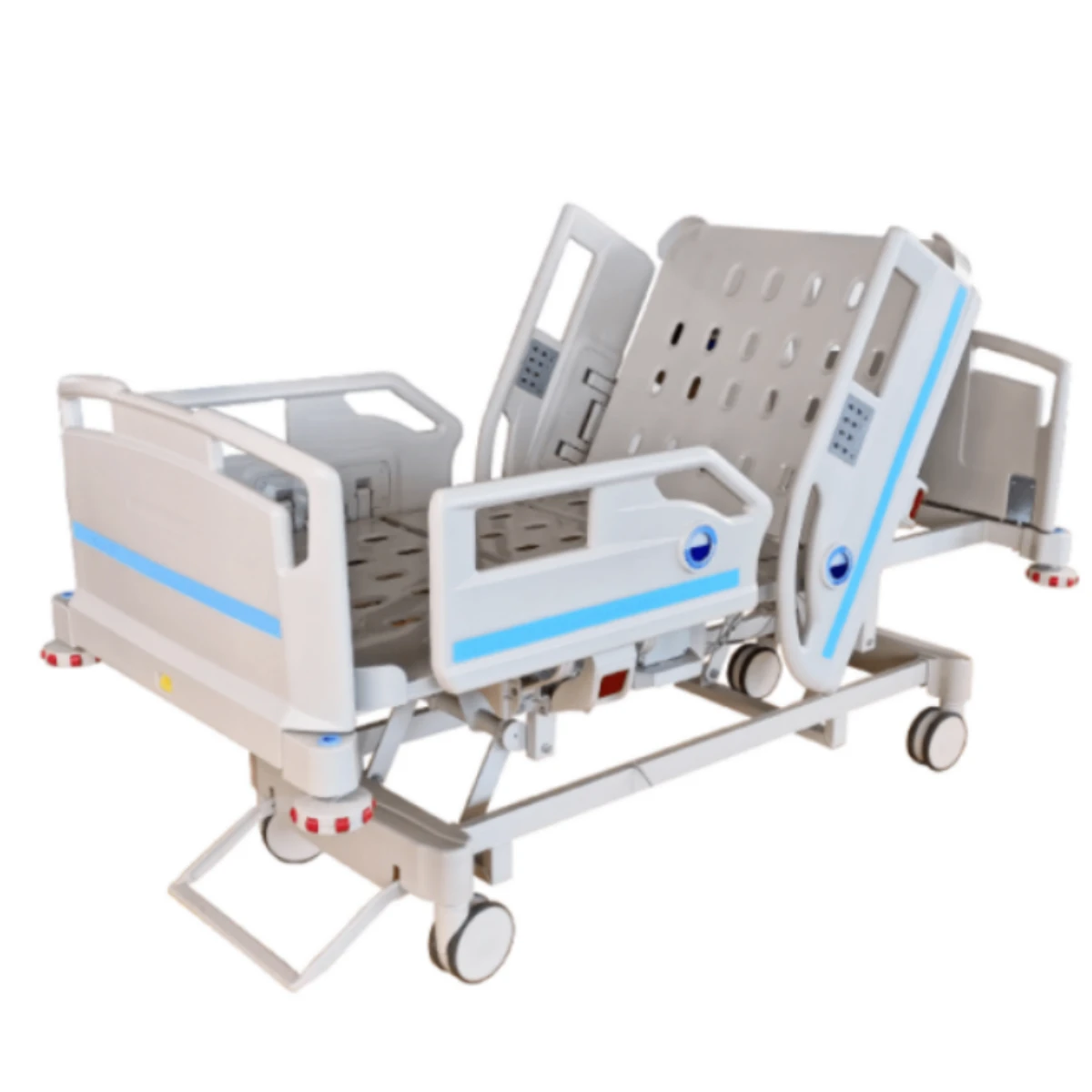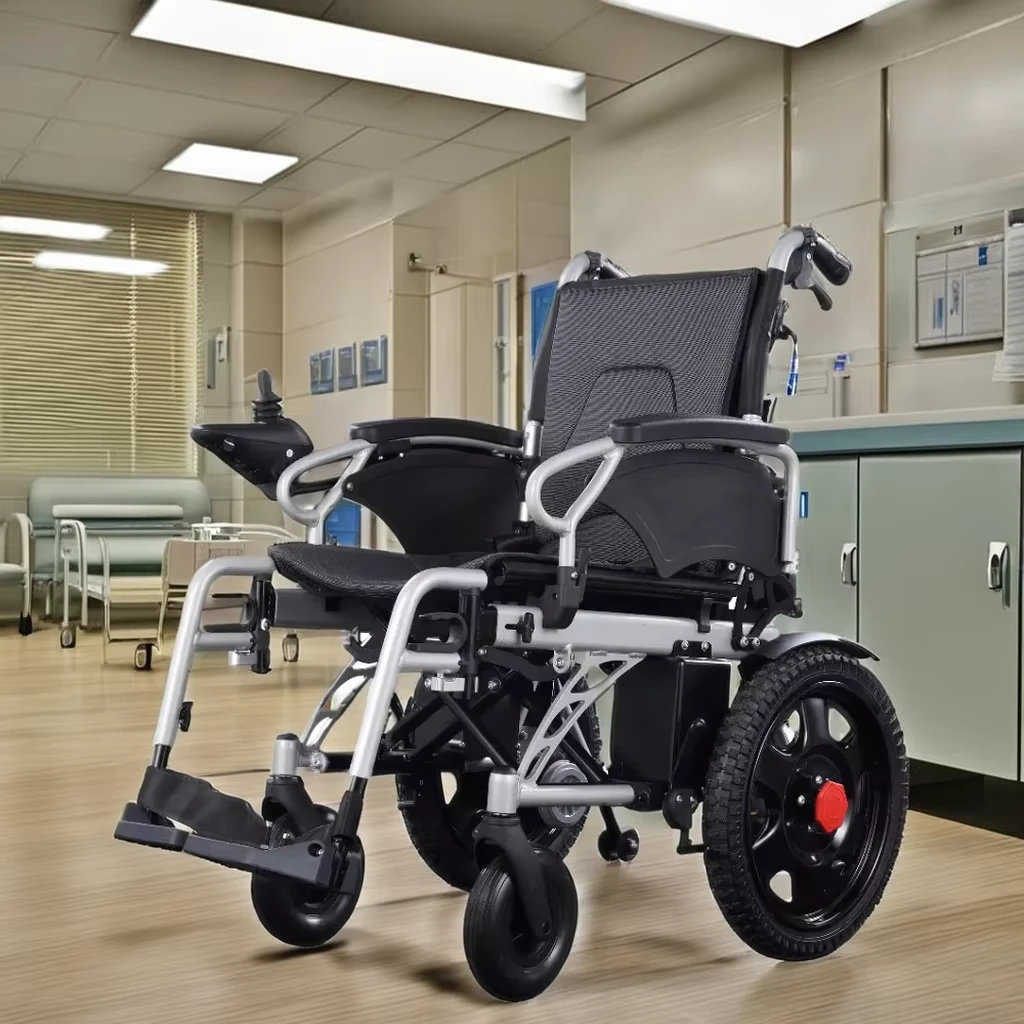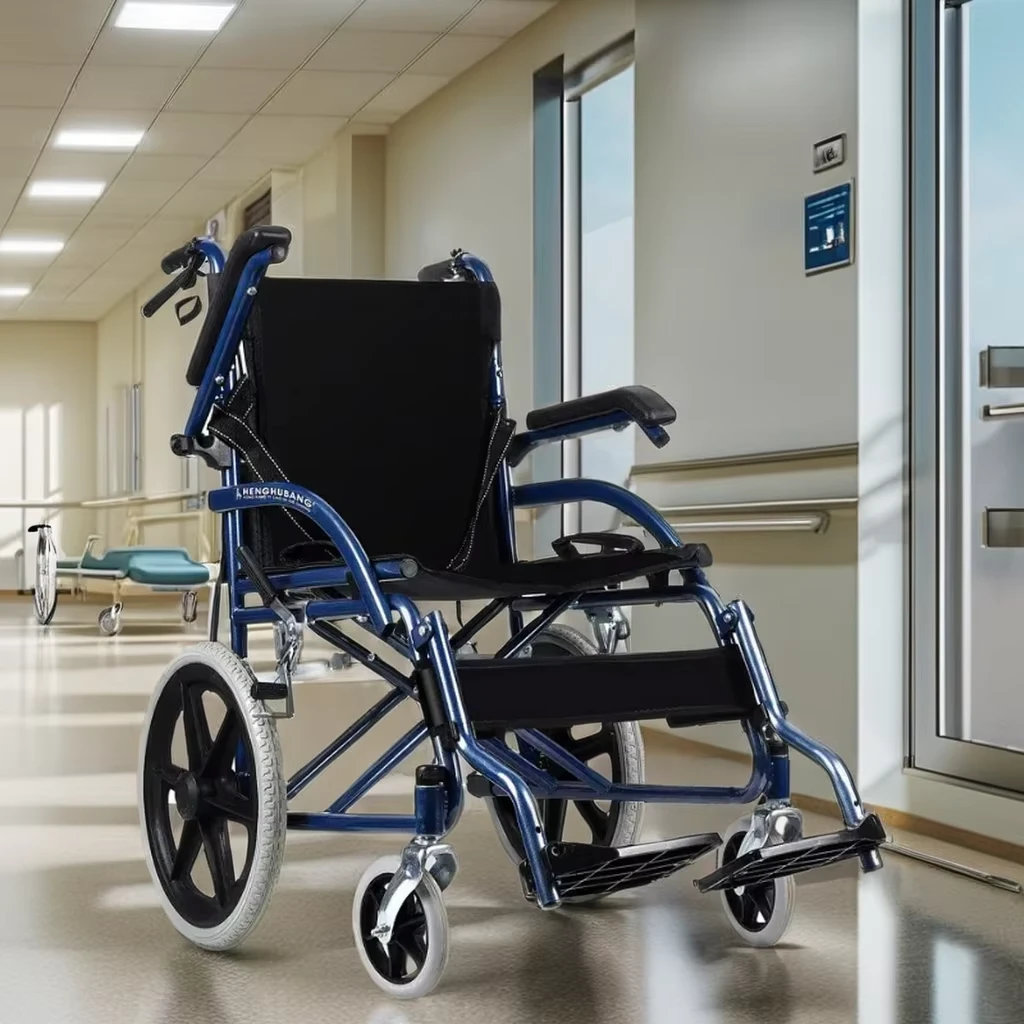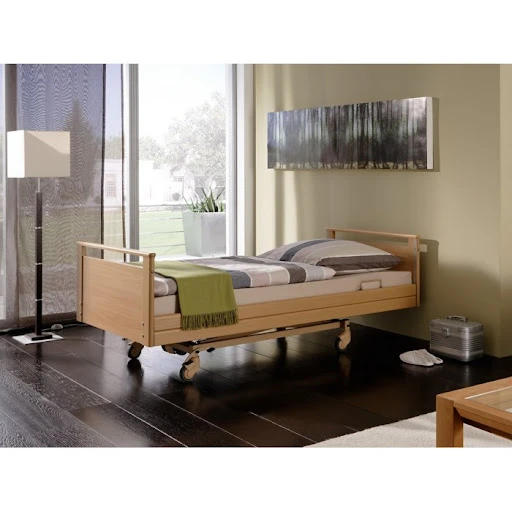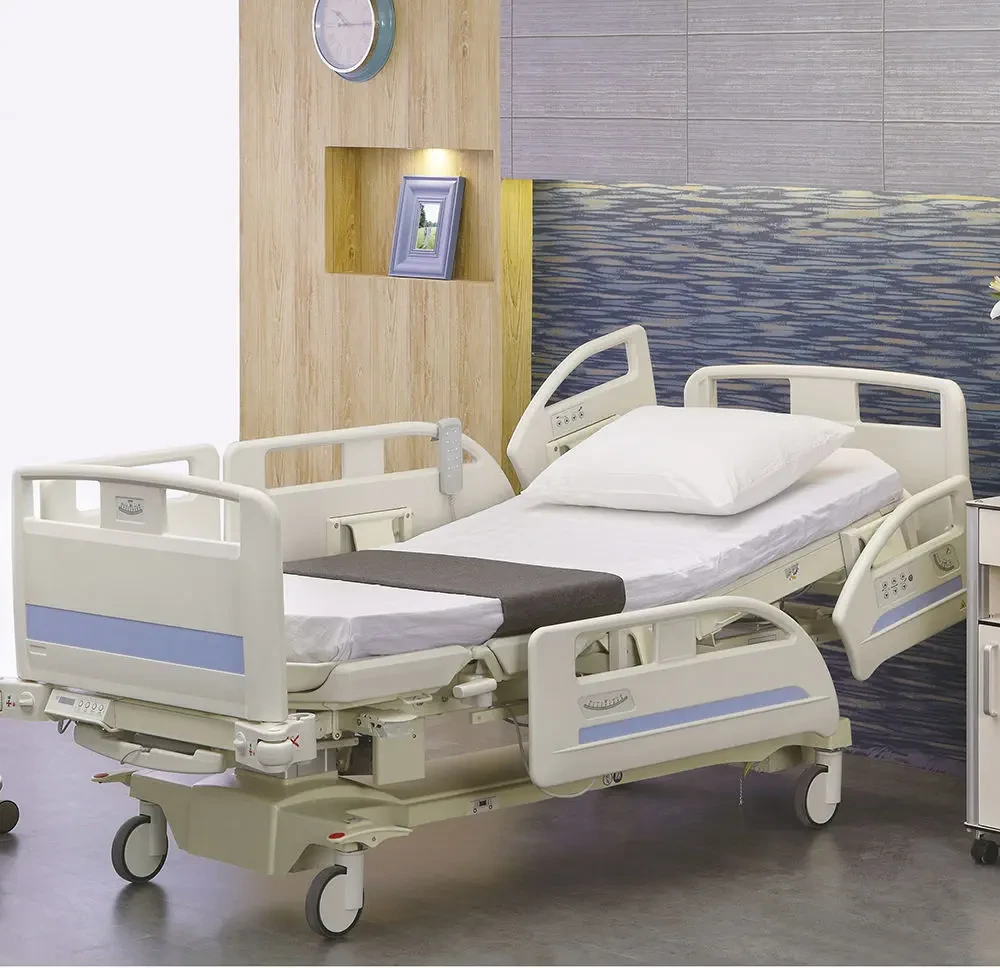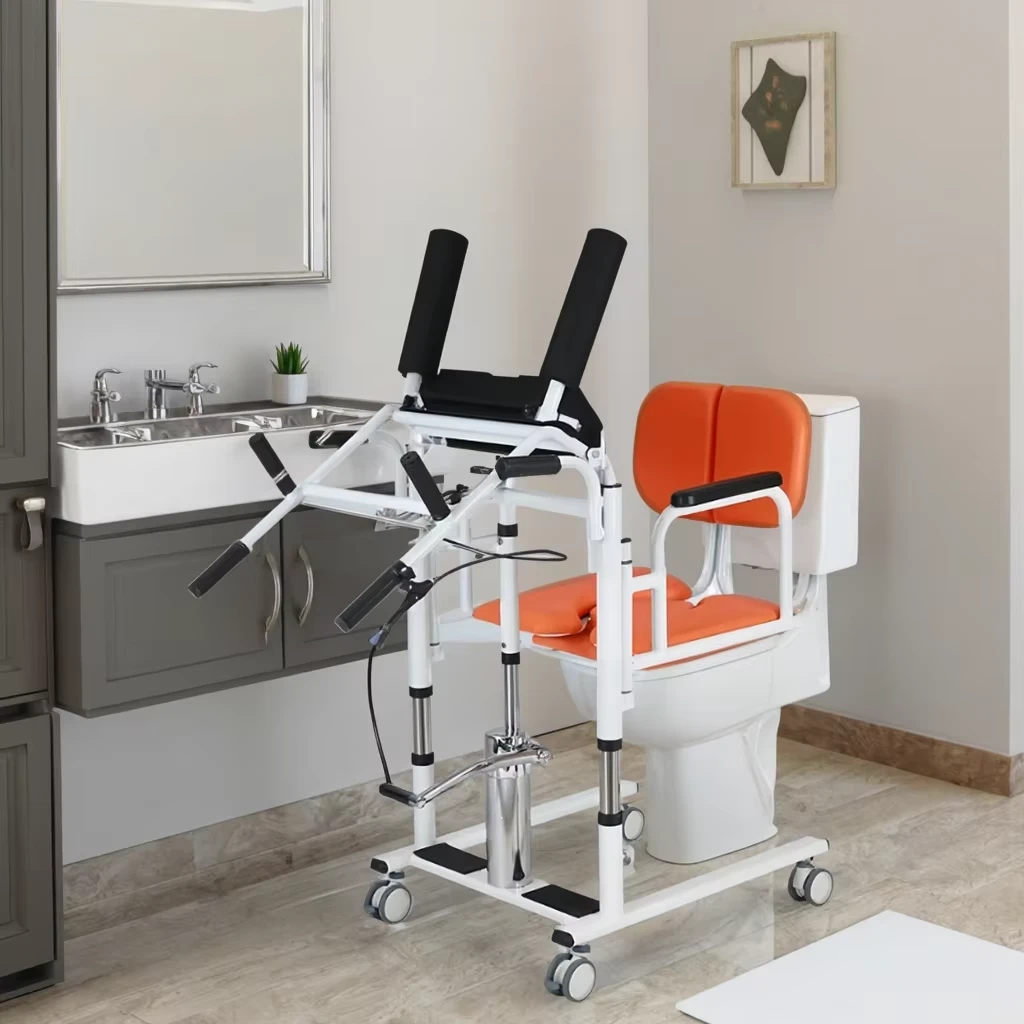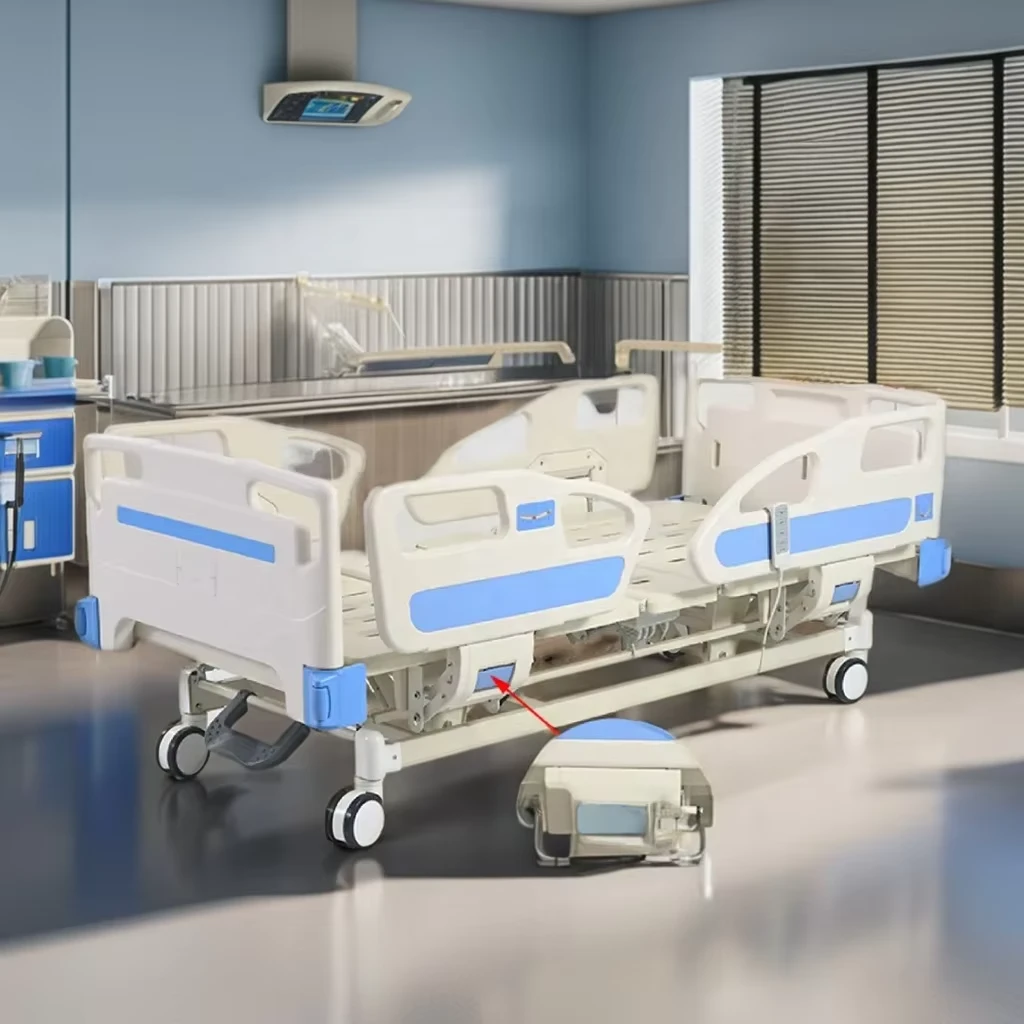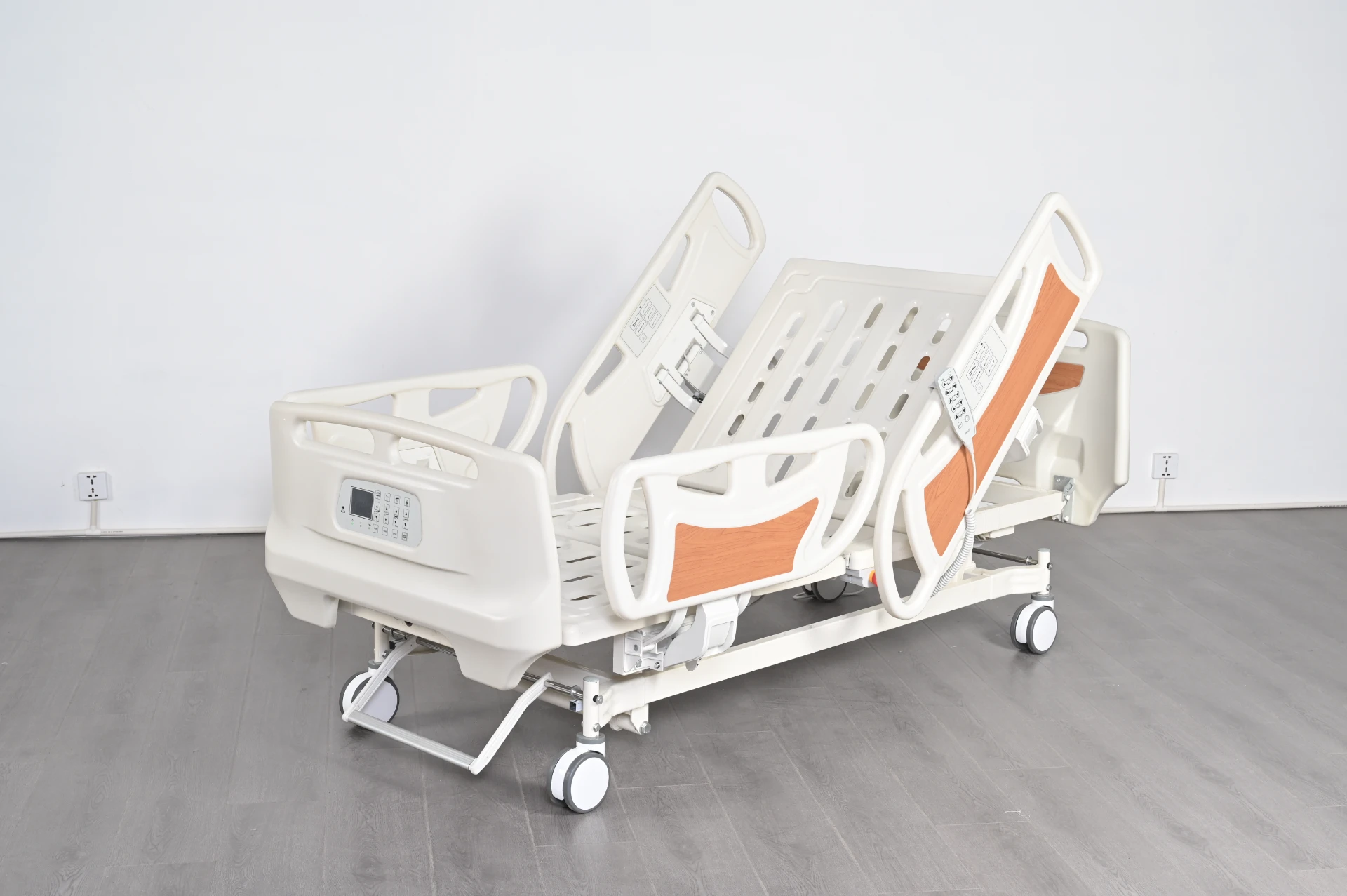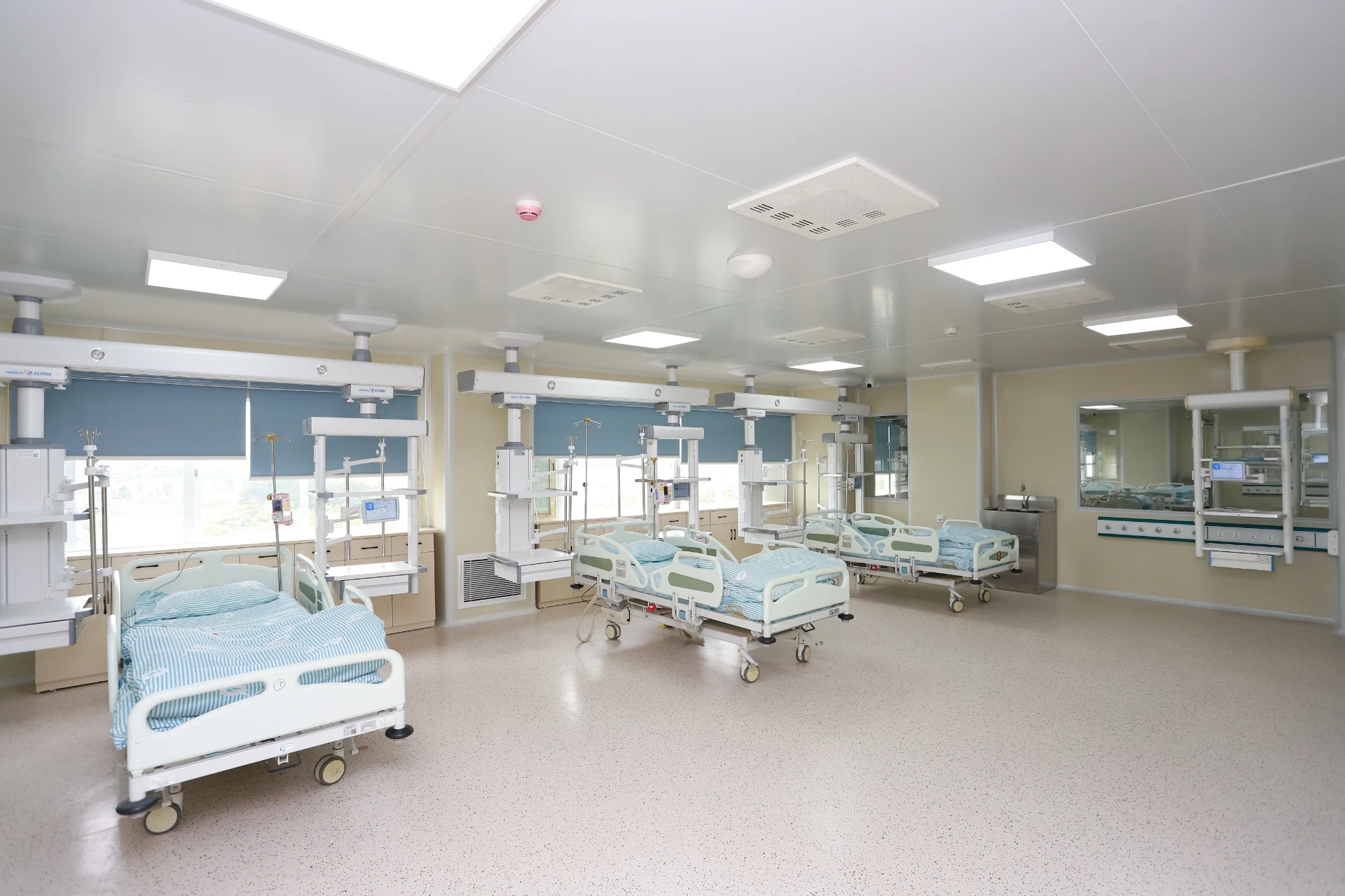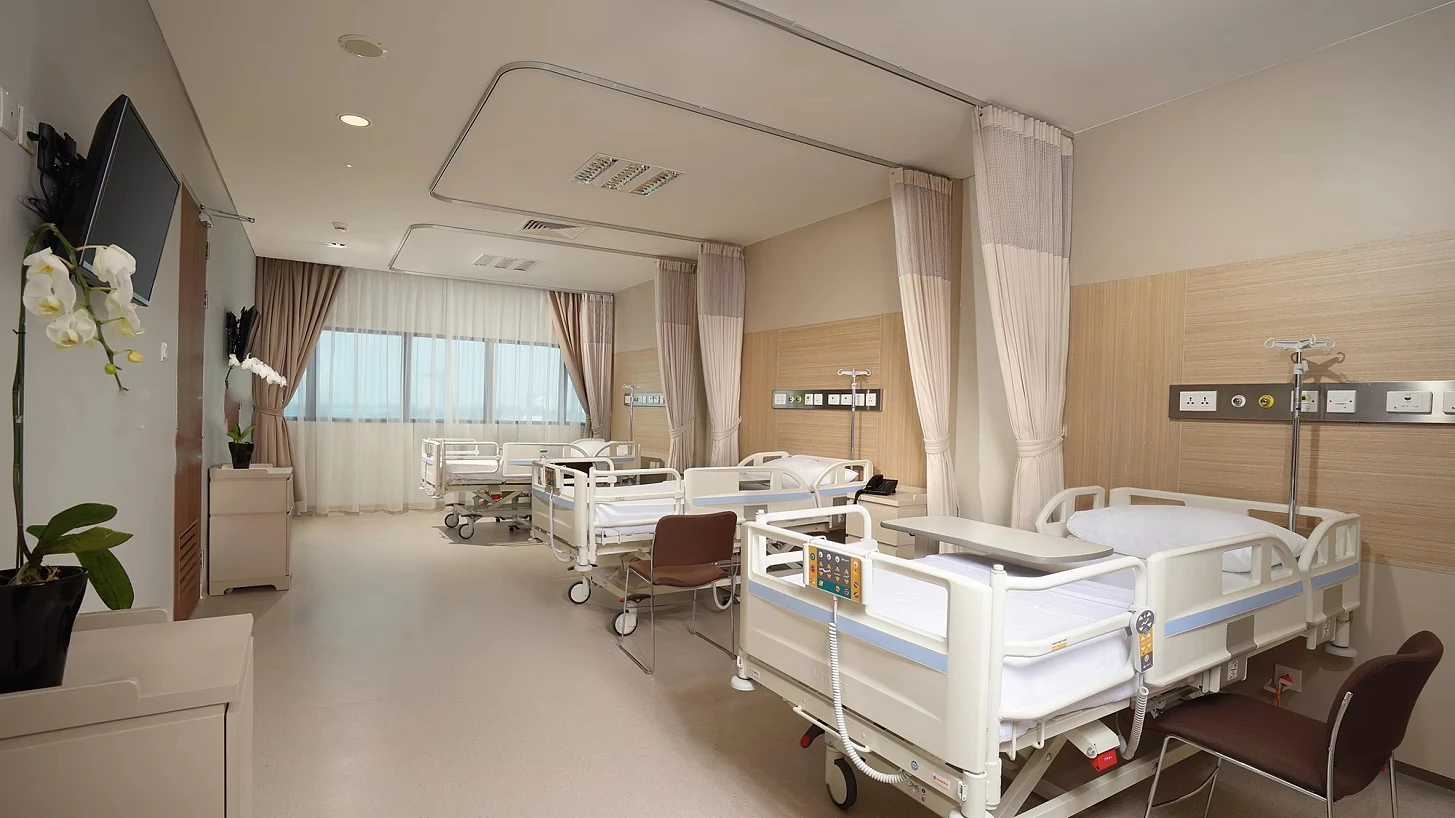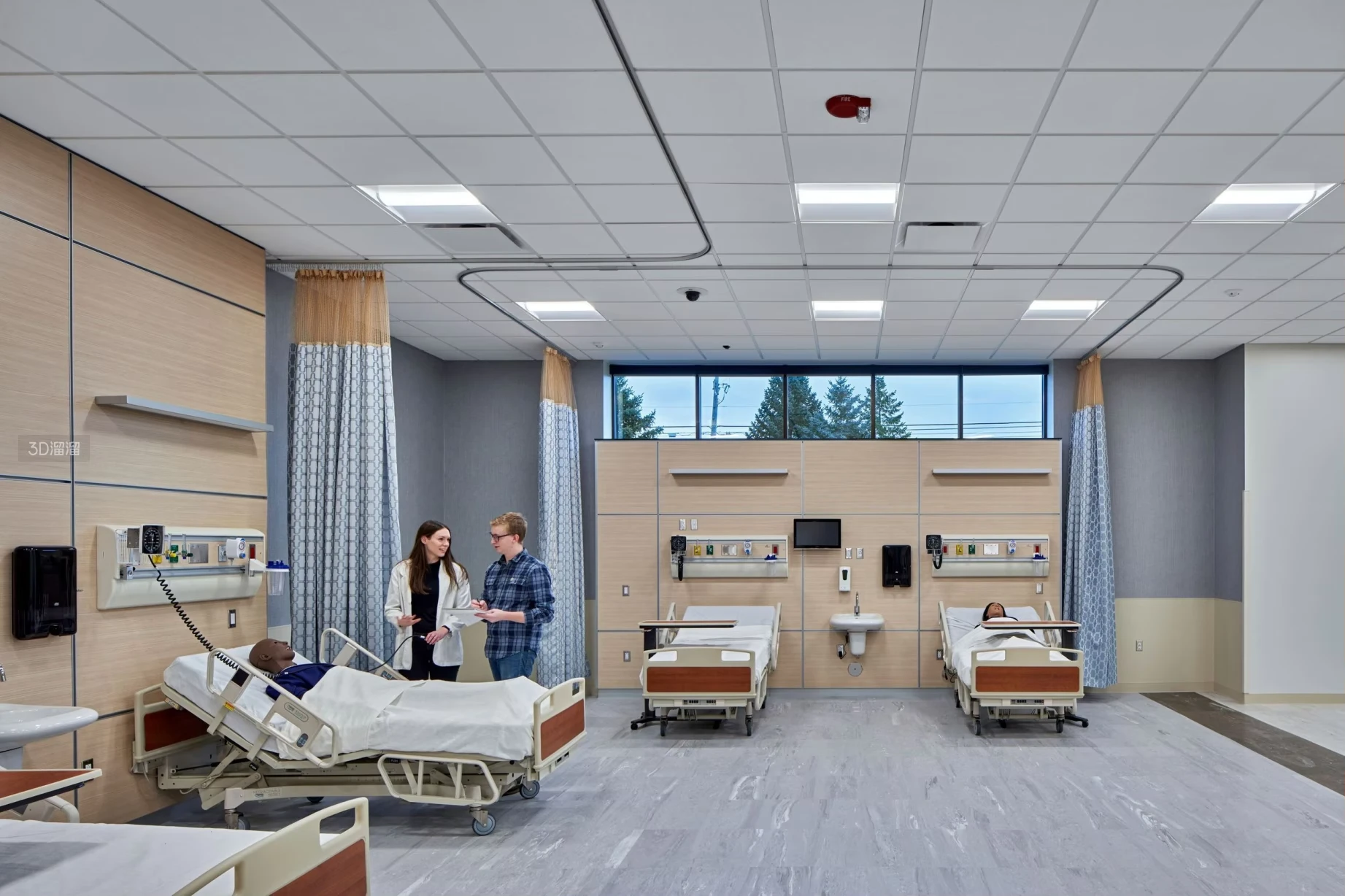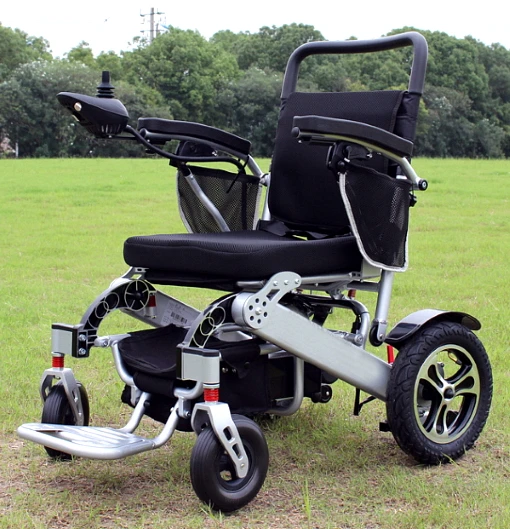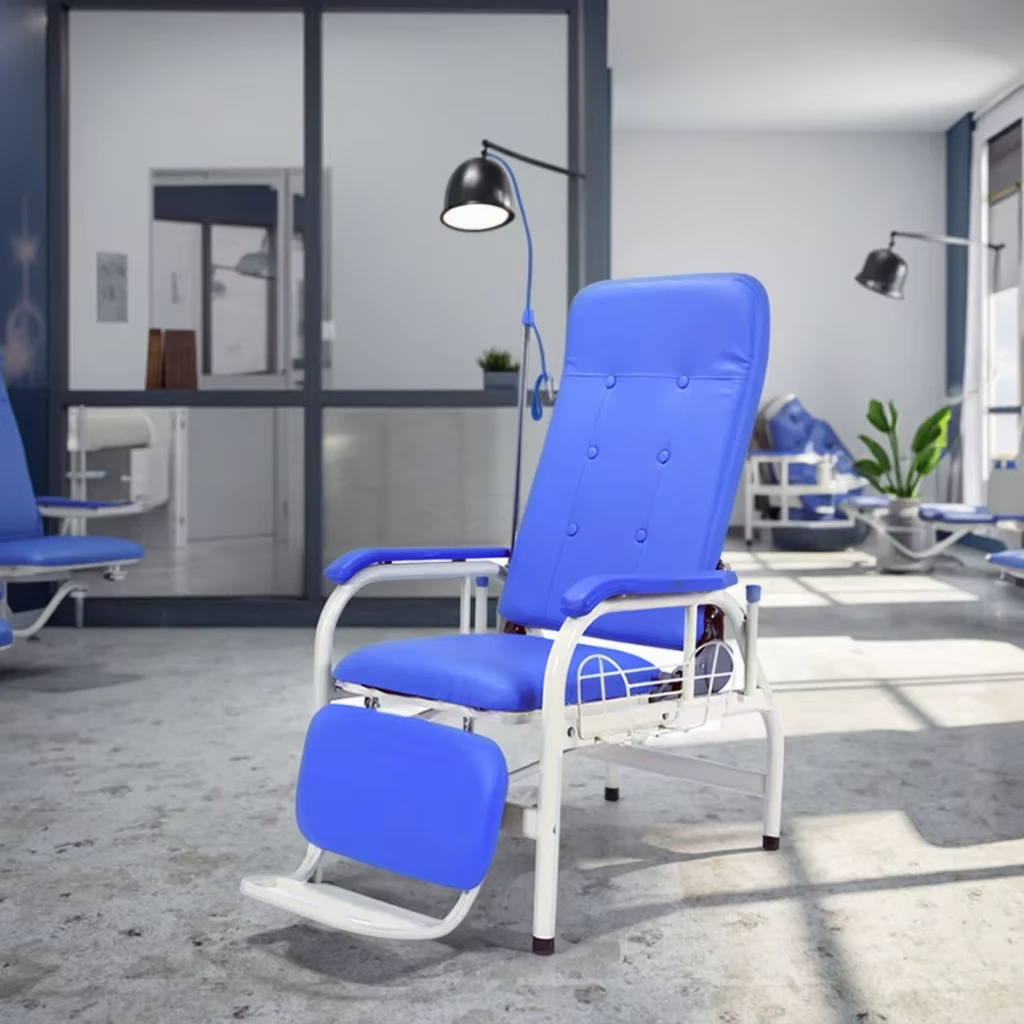Rehabilitation Equipment: Supporting Patient Recovery Through Innovation
In the journey of recovery, the right tools can make all the difference. For healthcare facilities, clinics, and home caregivers, rehabilitation equipment has become an essential part of therapeutic treatment. Designed to enhance mobility, strength, and confidence, these tools empower patients at every stage of recovery—from post-surgical healing to long-term physical therapy.
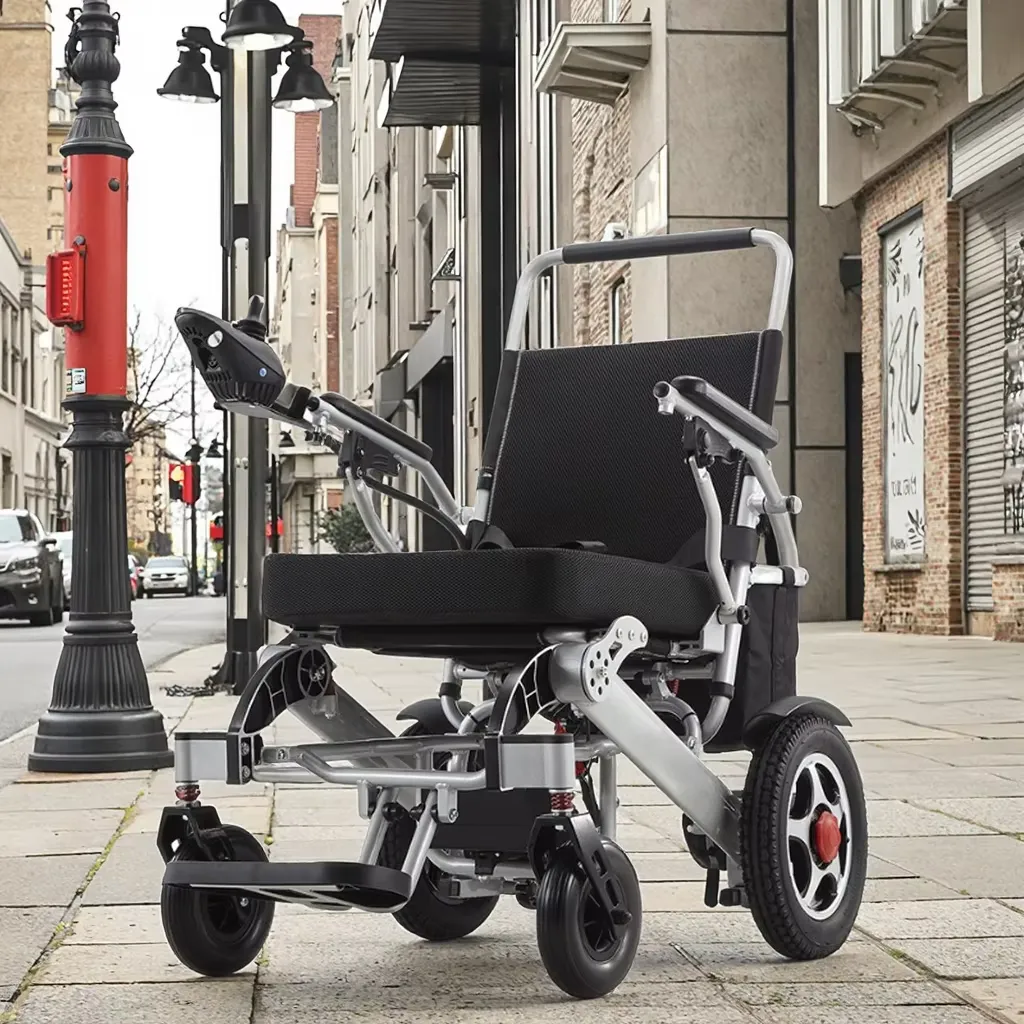
With the increasing focus on holistic care and aging populations worldwide, the demand for high-quality rehab supplies and effective treatment solutions is rising fast. From simple resistance bands to advanced balance trainers, rehabilitation tools help patients regain independence while assisting therapists in delivering precise, goal-oriented care.
Elevating Recovery with Modern Rehabilitation Equipment
Заманбап rehabilitation equipment includes a wide spectrum of devices, each designed to target specific functions—range of motion, muscular strength, joint flexibility, and neurological reconditioning. Whether in a hospital or home setting, these tools are vital in ensuring patients recover safely and efficiently.
Devices such as parallel bars, therapy cycles, balance boards, and pulley systems are commonly used to retrain motor skills and restore mobility. For neurological rehabilitation, more advanced systems include biofeedback equipment, gait training systems, and virtual reality-assisted devices, providing measurable progress and patient motivation.
Occupational therapists also rely heavily on physical therapy rehabilitation equipment for upper limb function recovery and fine motor skill enhancement. Tools like hand exercisers, grip strengtheners, and adaptive kitchen aids play a crucial role in restoring everyday independence, especially for stroke or injury patients.
What makes this equipment invaluable is its adaptability. Most tools can be customized to suit a patient’s condition, progress level, and therapy plan, giving therapists the flexibility to personalize treatment while ensuring safety and effectiveness.
Why Quality Rehab Supplies Matter in Every Stage of Care
Not all rehab supplies are created equal. In a field where patient safety, comfort, and outcomes are the top priorities, quality is non-negotiable. Low-quality supplies can lead to ineffective sessions, delayed recovery, or even patient injuries.
For example, resistance bands with inconsistent tension can cause strain or imbalance during exercise. Improperly padded therapy tables can exacerbate back or joint pain. That’s why sourcing supplies from trusted brands and manufacturers is key.
Clinics, hospitals, and rehabilitation centers must regularly inspect and update their rehab inventory, ensuring all equipment meets professional standards. Durable materials, ergonomic designs, and ease of sanitation are critical factors in choosing the right rehabilitation equipment.
Equally important is the availability of consumable rehab supplies—such as exercise putty, therapy balls, hot/cold packs, and sanitizing sprays. These everyday items support the functionality of core devices while helping maintain a safe and hygienic environment.
Choosing the Right Rehabilitation Equipment Suppliers
Partnering with reputable калыбына келтирүү жабдууларын берүүчүлөр is essential for ensuring long-term efficiency and clinical excellence. Suppliers not only provide access to quality products but also offer technical support, training resources, and guidance on the best use of equipment across various therapy programs.
A good supplier understands the needs of physiotherapists, occupational therapists, and facility managers. They typically offer a broad catalog that ranges from basic tools like canes and walkers to high-tech systems like motion analysis platforms or robotic therapy devices.
In addition to product range, logistics and after-sales service are vital. Reliable калыбына келтирүү жабдууларын берүүчүлөр ensure timely delivery, warranty support, and on-site training if needed. This allows healthcare providers to focus on patient care without worrying about equipment failure or compatibility issues.
With the global rehabilitation industry expanding rapidly, more suppliers are entering the market. While options are plentiful, due diligence is necessary. Always verify certifications, check customer reviews, and evaluate product warranties before forming a long-term partnership.
The Role of Physical Therapy Rehabilitation Equipment in Recovery
Physical therapy rehabilitation equipment forms the backbone of many treatment regimens. These tools support a structured approach to healing and are used in both acute injury recovery and chronic condition management.
In orthopedic therapy, equipment like incline boards, ankle weights, and shoulder pulleys are used to rebuild muscle mass and joint mobility after surgery or trauma. For patients with neurological impairments, tactile stimulation tools, fine motor aids, and adaptive grips help retrain the brain-body connection.
Cardiopulmonary rehabilitation also relies on targeted equipment. Treadmills, recumbent bikes, and arm ergometers are essential for patients recovering from cardiac events or managing pulmonary conditions. These tools help strengthen endurance and restore confidence in movement.
In pediatric therapy, colorful and sensory-rich devices such as therapy balls, floor mats, and foam rollers make sessions engaging and motivating. These help children with developmental delays or injuries regain essential functions while maintaining a positive therapeutic environment.
Thanks to its versatility, physical therapy rehabilitation equipment supports a wide range of patient goals—whether regaining balance, strengthening limbs, or improving coordination—while making therapy more structured and measurable.
Bridging the Gap Between Home and Clinical Care
One of the growing trends in rehabilitation is the rise of home-based therapy. As more patients prefer to recover in their own homes, there’s an increasing demand for portable and easy-to-use rehabilitation equipment that can bridge the gap between professional care and independent therapy.
Many patients now use home exercise kits that include stretch bands, hand weights, foam rollers, and balance pads. With the right guidance, these tools allow individuals to continue their rehabilitation plans outside the clinic, accelerating recovery while maintaining consistency.
To support this shift, калыбына келтирүү жабдууларын берүүчүлөр are offering more home-friendly solutions—compact designs, user-friendly manuals, and digital integration for remote monitoring. Some advanced tools now come with app-based feedback systems, allowing therapists to track progress and adjust routines in real-time.
While home-based care offers convenience, it also highlights the importance of therapist-patient collaboration. Before using any physical therapy rehabilitation equipment at home, patients should be properly assessed and trained by a professional. This ensures correct usage, minimizes the risk of injury, and promotes confidence throughout the recovery process.
Rehabilitation equipment Көп берилүүчү суроолор
What is the purpose of rehabilitation equipment in clinical and home settings?
Rehabilitation equipment serves to improve patient mobility, strength, coordination, and independence during recovery. In clinical settings, therapists use it to deliver targeted treatment, while in home environments, it enables patients to continue therapy independently under guidance, bridging the gap between sessions and promoting consistent progress.
How do rehab supplies support physical therapy routines?
Rehab supplies such as resistance bands, therapy balls, and hot/cold packs complement physical therapy routines by aiding in warm-up, muscle strengthening, and pain management. They support therapists in customizing exercises to the patient’s condition and play a key role in preventing fatigue, improving comfort, and enhancing session effectiveness.
Why is it important to work with trusted rehabilitation equipment suppliers?
Reliable калыбына келтирүү жабдууларын берүүчүлөр ensure the quality, safety, and durability of the products used in patient care. They provide access to certified equipment, timely delivery, and ongoing support, which helps clinics and hospitals maintain high treatment standards and avoid service interruptions due to faulty or incompatible tools.
What are some essential physical therapy rehabilitation equipment items for clinics?
Key physical therapy rehabilitation equipment for clinics includes therapy tables, balance trainers, resistance machines, therapy bands, recumbent bikes, and joint-specific aids like pulley systems. These tools help therapists address a variety of patient needs, from post-surgery recovery to chronic pain and mobility limitations.
Can rehabilitation equipment be safely used at home?
Yes, many types of rehabilitation equipment are designed for home use, including light resistance tools, balance pads, and therapy rollers. However, patients should be properly trained by professionals before beginning home therapy to ensure correct usage, avoid injury, and follow an effective, personalized recovery plan.



